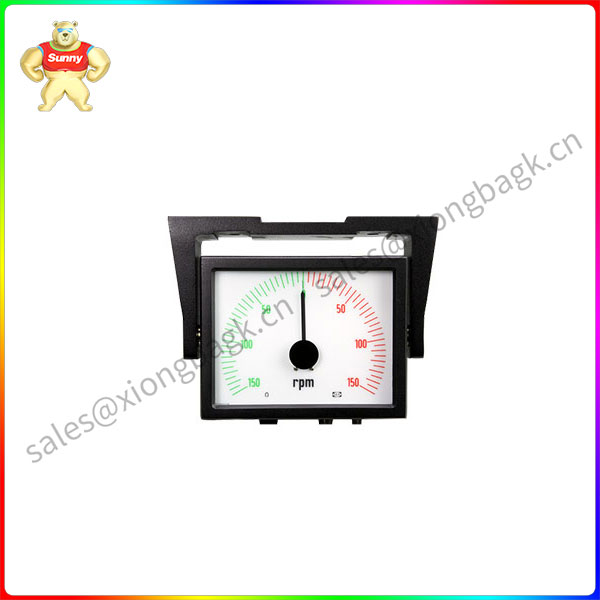In the context of the manufacturing industry continues to move towards the middle and high end, industrial upgrading is moving towards the road of digital and low-carbon “dual transformation”. It is worth noting that while balancing economic development and environmental protection issues, we also face the problem of labor shortage caused by an aging population. Whether it’s significantly improving operational efficiency or reducing greenhouse gas emissions, cobots have an extremely important role to play.
High efficiency × Low energy consumption × easy maintenance
Cobots are programmable robots that work alongside human workers and have significant energy efficiency potential in production and manufacturing. By optimizing production processes and safely collaborating with humans in the same workspace, collaborative robots can significantly improve work efficiency, quality and resource utilization, save a lot of human resources, and achieve efficient, accurate and energy-saving production processes. This man-machine collaboration model coincides with the strategy of energy consumption optimization and labor efficiency improvement advocated in the “dual carbon” goal.

VTR-5-PY
Based on Fanuc’s years of experience in servo motor and robot production, the CRX collaborative robot is designed for industrial manufacturing to help users achieve higher production efficiency and lower environmental impact. CRX cooperative robots have the characteristics of small footprint, high repeatable positioning accuracy, free installation, and excellent durability, low energy consumption and economy. For example, under the same load conditions, the CRX-10iA and CRX-10iA/L collaborative robots are 25% lower in rated power and 70% lower in average power than the M-10iD series industrial robots, which can further reduce energy consumption.
Adhering to the consistent concept of “high reliability” product development, the CRX collaborative robot uses characteristic servo motor + reducer to achieve low joint failure rate. This series of cooperative robots adopts a non-integrated joint structure design, which can separately replace the servo motor, reducer and other parts, and the maintenance cost is lower, further extending the service life of the cooperative robot, avoiding direct scrapping, so as to achieve sustainable development.
 中文版
中文版




